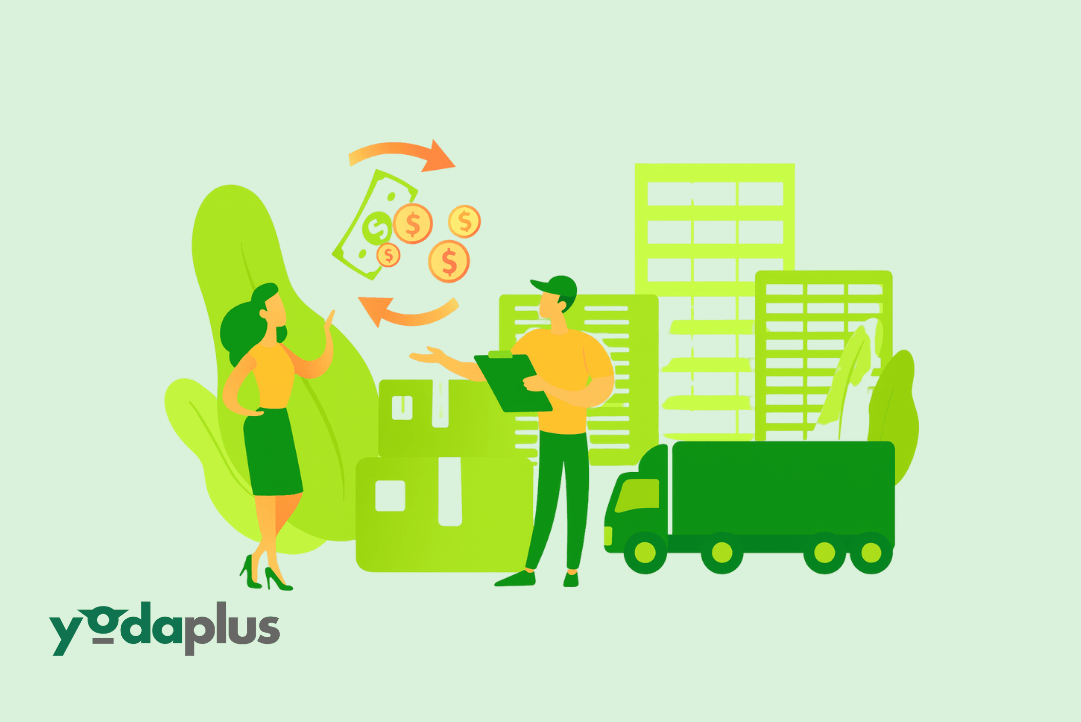
Reverse Logistics in Retail Supply Chain Digitization
October 17, 2025 By Yodaplus
Returns are an unavoidable part of modern retail. With online shopping growing rapidly, customers now expect easy returns, quick refunds, and smooth exchanges. This has made reverse logistics, or the process of moving goods from customers back to the seller, an important part of retail supply chain digitization.
While many businesses focus on forward logistics, the reverse flow can affect profits, sustainability, and customer satisfaction. Automating return processing and restocking helps companies handle this process efficiently and intelligently.
Why Reverse Logistics Matters
Reverse logistics involves steps such as product pickup, inspection, sorting, refurbishment, repackaging, and restocking. Without automation, these steps take time, create bottlenecks, and increase costs.
Traditional systems rely on manual work and spreadsheets. In contrast, retail supply chain software uses automation to simplify these workflows. From generating return labels to updating warehouse data, automation ensures that returns are handled quickly and accurately.
Retailers using retail supply chain automation software can also track reasons for returns, identify recurring product issues, and make better business decisions. These insights improve both product quality and customer experience.
How Automation Improves Reverse Logistics
Automated reverse logistics connects systems across warehouses, transport networks, and sales channels. Here are some ways automation creates value:
-
Smart Return Authorization
Automated systems validate whether a return is eligible and decide the best route. This could be a refund, exchange, or repair. It reduces manual checks and speeds up customer service. -
AI Agents in Supply Chain
Intelligent systems use data to make quick decisions. AI agents in supply chain operations can analyze inventory levels and assign returned items to the best location. They also help identify return patterns that guide production and quality improvements. -
Automated Inspection and Sorting
Computer vision and IoT tools assess the condition of returned goods. Damaged items are sent for repair or recycling, while resalable goods are sent directly to stock. This reduces manual effort and saves time. -
Dynamic Restocking
Automated restocking systems update stock levels instantly. They work with ERP and retail supply chain management software to balance inventory across stores and warehouses. This ensures that resalable products are quickly made available for customers. -
Data-Driven Optimization
Retail industry supply chain solutions use data analytics to optimize routes, reduce transport costs, and minimize waste. They also help in forecasting reverse logistics expenses more accurately.
Key Benefits of Automation
Automation brings several benefits beyond faster processing:
-
Faster turnaround: Reduced manual work means quicker returns and happier customers.
-
Cost efficiency: Automated processes reduce labor and shipping costs.
-
Sustainability: Repaired or restocked products support a circular economy.
-
Better visibility: Real-time tracking improves transparency.
-
Fewer errors: Automated labeling and sorting reduce human mistakes.
Using retail supply chain services ensures that reverse logistics is as efficient as the forward flow of goods.
Building a Smarter Reverse Logistics Network
Modern supply chain management depends on coordination between retailers, warehouses, and customers. Companies now use connected platforms built on technology supply chain systems.
An autonomous supply chain setup can automatically start a reverse pickup when a customer raises a return request. It can track delivery agent availability, manage warehouse queues, and send updates to customers.
This connection between retail and supply chain systems creates a smooth and transparent process for both customers and operations teams.
Making Reverse Logistics a Strategic Asset
Businesses that ignore reverse logistics often lose money and customer trust. By integrating automation into their retail logistics supply chain, they can turn returns into opportunities.
For example:
-
Returned items can be refurbished and resold.
-
Data from returns can reveal product defects.
-
Tracking systems can help meet sustainability targets.
Forward-looking retailers are adopting retail supply chain software and machine learning tools to predict return volumes and plan restocking efficiently. This helps build adaptable delivery systems that can handle changes and disruptions.
Conclusion
Reverse logistics is now a key part of modern retail strategy. With the rise of retail supply chain digitization, automation, and retail industry supply chain solutions, companies can create intelligent return systems that save time, reduce waste, and build trust.
By automating every step, from return requests to restocking, businesses strengthen both customer satisfaction and operational efficiency. The future of supply chain and retail belongs to those who turn challenges into smarter workflows through technology.